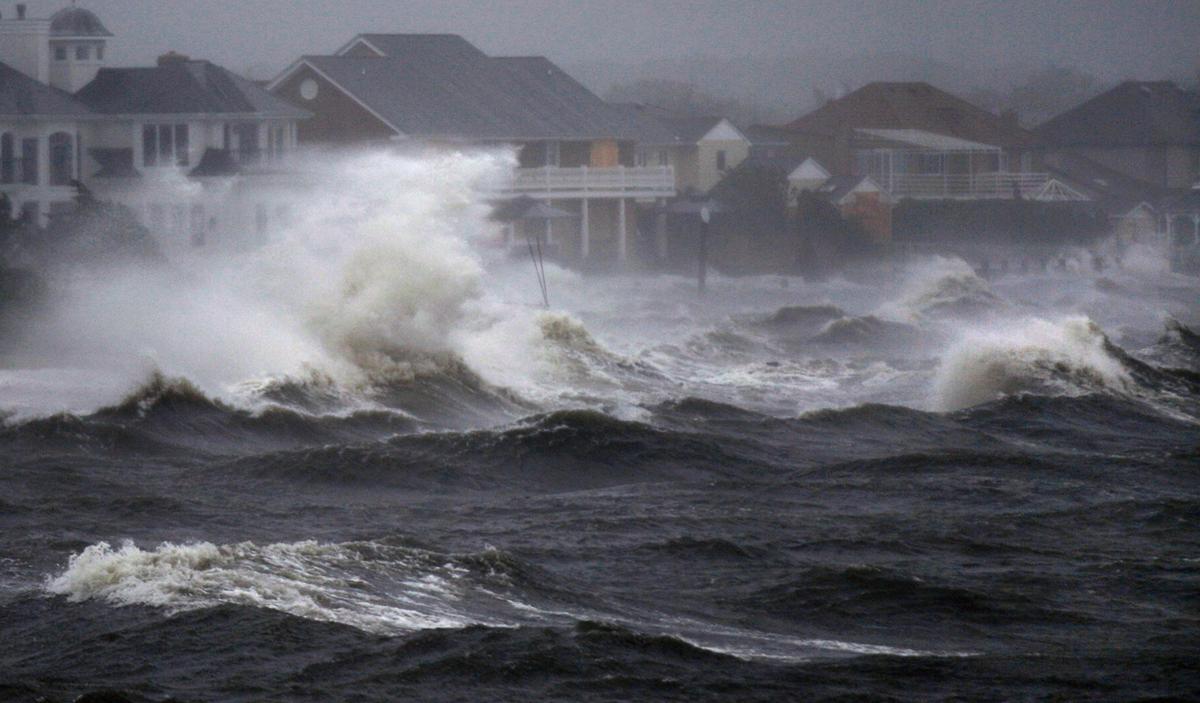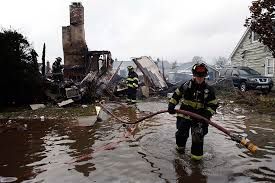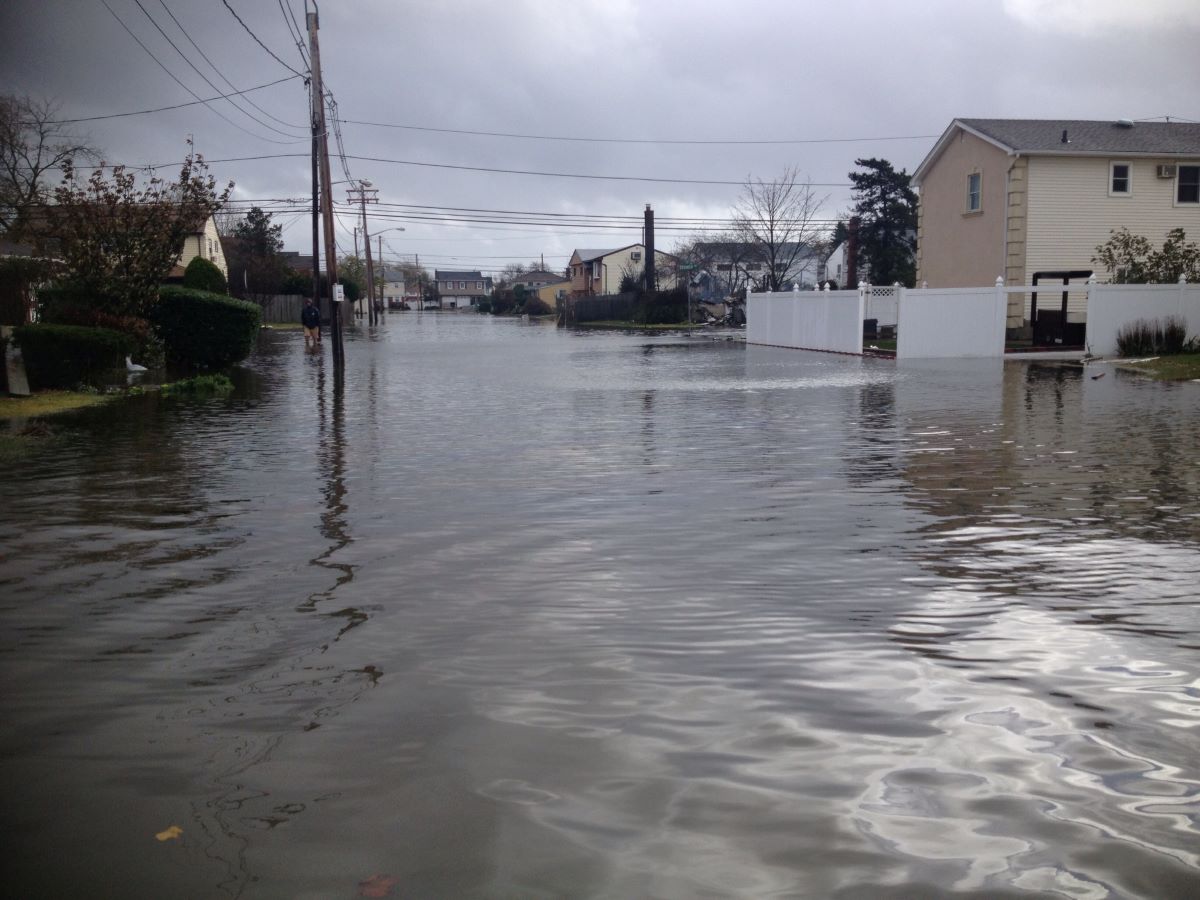Sandy, Irene, and Lee
“The last few years before the storm we caught plenty of fish. After the storm it was a living nightmare. Besides the waters being closed for clamming, you couldn’t even drive through town; there were boats in the road everywhere. It was devastation everywhere.” -Joey Scavone, Commercial Fisherman, Freeport
The years 2011 and 2012 will figure prominently as the era when climate change hit home. During Hurricanes Irene and Lee in 2011, upstate residents in Schoharie County found themselves flooded out of their homes, and cut off from neighboring villages and towns as rivers overflowed and roads and bridges collapsed. Houses floated away, farms went underwater, and communications collapsed. The same storm struck Long Island with fewer consequences, leading residents to believe that the warnings were inflated.
In 2012, Superstorm Sandy devastated the region. The six-foot storm surge was accompanied by 20 foot waves. As Todd Kaminsky, former State senator, recalled “My grandmother had moved to Long Beach in 1949 and never had water. The morning after Sandy, Grandma’s house had four feet of water, and the water went from the ocean, crossed Lido Boulevard, went through my parent’s house in Lido Beach, and out to Reynold’s Channel.” Whole communities a mile away from the ocean and bay were struck by the storm surge. Like generations before them, first responders and volunteer groups rescued stranded families, providing shelter and nourishment to all in need.
Miraculously, 14 bay houses survived, as did modest bungalows in Far Rockaway. Some houses remained dry, some remained uninhabitable for years to come, within the same block. Boats that stayed in the water were left intact, while others floated fown the street. In this section we explore what worked and why, based on traditional knowledge and public policy.
Watch the video above for an in-depth look at how Long Island communities were impacted by the storms.
To evacuate or not to evacuate
Hundreds of felled trees clogged roads along the north and south shores following the storm.
The streets became rivers during Sandy, completely unrecognizable and full of hazardous materials.
It took Frank Passalaqua of Baldwin two weeks to recover from the storm.
Listen to Joseph Gallinaro, a local architect, describe his experience during Hurricane Sandy. This experience narrative was shared during a community symposium in conjunction with the In Harm’s Way exhibit.
“I should not have stayed…the water’s in my house, it’s up to the first riser of my stairs in the house.”-Jospeh Gallinaro describing a phone conversation with his neighbor during Superstorm Sandy
The streets of Freeport and Seaford became rivers during Hurricane Sandy.
Peter and Sally Kopher’s houseboat was one of the storm’s victims:
“The house barge got picked up 3 or 4 feet, went over the top of the pilings that we’re secured to, and was pushed inland about 50 yards. The floating dock tailed along behind it the whole time. We were bow to bow with our neighbors’ barge instead of side by side.” -Peter Kopher
Fishermen have particularly harrowing storm stories to share.
Evacuation means making tough decisions quickly and accepting the sad reality of massive property loss. Visitors to the Long Island Maritime Museum were asked to describe what they would choose to bring along with them in the case of an emergency evacuation. Objects from their responses were displayed as part of the exhibit. What would YOU bring?



